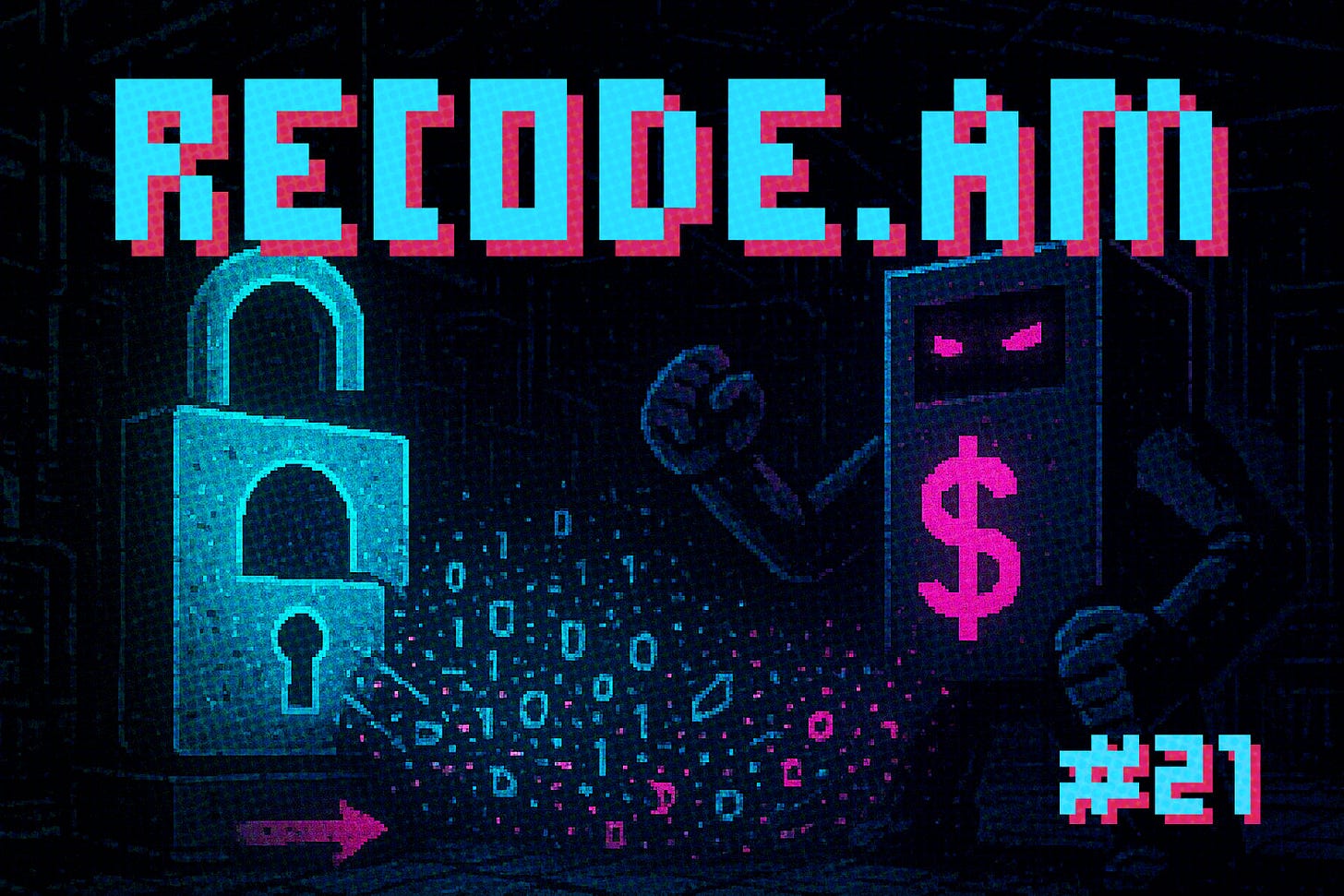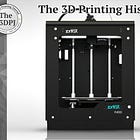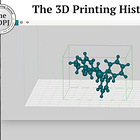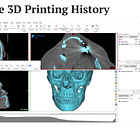Open-source software vs. proprietary systems - a critical analysis
RECODE.AM #21
Historically, 3D printing technology emerged as a niche and heavily patented manufacturing method, but it became widespread thanks to the maker and open-source movements.
For that reason, many people believe that open source is the true foundation of 3D printing, and that technological progress would be nearly impossible without it.
These early adopters - whose roots trace back to the early 2010s - often cannot (or do not want to) accept the current direction of development, which relies heavily on proprietary, mass-produced products.
In their opinion, consumerism is taking the place of tinkering and the maker ethos.
How does this look in the realm of software? Is there still room for open source here? What do users really need - Linux or Windows and macOS?
Open software – freedom, experimentation, and risk
The open-source movement in 3D printing stems from the RepRap project, whose goal was to create a self-replicating 3D printer. As a result, hundreds of software variants such as Marlin, Klipper, OctoPrint, and Cura were developed, many of which remain widely used in the hobbyist and semi-professional segments today.
Their main advantage lies in accessibility - both economic and technological. Open-source software can be downloaded for free, modified, and customized to suit individual needs.
However, this openness has another side. The lack of unified quality standards or version control means that many solutions are fragmented and difficult to maintain. Changes introduced by the community, though often innovative, can also be unstable. The end user - especially a beginner without technical knowledge - may struggle with configuration and error diagnostics. In professional environments, where a 3D printer is expected to be a straightforward tool rather than an engineering project in itself, such issues form a real barrier to adoption.
Interestingly, although the open-source idea initially dominated the low-cost 3D printing world, the emergence of companies such as Zortrax and Formlabs significantly changed the landscape of the market.
Zortrax was the first desktop FFF 3D printer manufacturer to deliberately distance itself from the philosophy of openness by introducing a fully closed ecosystem that encompassed both hardware and proprietary software developed under the Z-SUITE brand. Zortrax focused on controlling the entire printing process, arguing that this approach ensures consistent, predictable results without the need for manual fine-tuning of parameters.
For many engineers and design offices that did not want to waste time experimenting, this approach proved attractive - and in 2014–2015, it quickly propelled Zortrax into the ranks of leading global manufacturers. The company’s success demonstrated that there is room for a commercial model even in a segment originally dominated by open software.
A similar, though even more advanced, path was taken by the American company Formlabs, which from the beginning relied on a closed software environment – PreForm - tightly integrated with its SLA printers and proprietary resins. Formlabs thus defined a new usability standard in resin printing: ease of use, automatic support generation, and intelligent model orientation allowed users to focus on design rather than the technical side of the process.
As a result, the activities of Zortrax and Formlabs became reference points in the ongoing debate about balance between openness and control in 3D printing. Both companies proved that even in an environment dominated by open-source ideology, it is possible to create added value through a closed ecosystem - provided it delivers tangible benefits to the end user.
In the context of FFF and SLA printing, open source performs best within the maker community, where flexibility and low costs matter more than reliability. In SLA printing, open source is far less developed than in FFF, due to complex optics, photopolymerization control, and proprietary resin ecosystems. However, projects such as NanoDLP or the free versions of ChiTuBox show that open software can successfully compete in terms of functionality with commercial slicers, even if they lack process coherence and certification.
Closed software – stability, control, and high price
At the opposite end of the spectrum lies proprietary software. Its main advantages are quality control, certification, and full integration with hardware and materials. In industrial environments, 3D printing cannot rely on experimentation - the process must be repeatable, scalable, and compliant with the strict standards of industrial regulations such as ISO 9001 or AS9100 in aerospace.
Closed software often offers advanced features such as topology optimization, FEM simulation of additive processes (e.g., deformation compensation, thermal analysis), or support structure generation with stress and heat-flow considerations. Such functionalities - especially in metal printing - are critical for achieving parts with required mechanical properties.
Open software in this domain is virtually nonexistent, as simulation capabilities demand extensive computational resources and highly accurate material models that remain proprietary to manufacturers.
In closed systems, technical support and regular updates also play a significant role. For companies investing hundreds of thousands of euros in industrial 3D printers, it is crucial that the software operates reliably and comes with a warranty. In this context, a commercial license becomes not only a cost but also a form of operational insurance.
However – this cost is usually really high, which add injury to insult, when thinking of buying the already expensive printinters.
Industrial 3D printing and open source – two worlds that rarely meet
In powder-based (SLS, MJF) and metal (DMLS, EBM, L-PBF) 3D printing technologies, open-source software plays only a marginal role. This is due both to the technical complexity of the processes and to safety restrictions and the need to maintain compliance with material certification standards.
These systems require highly precise process profiles that control parameters such as laser power, scan speed, and platform temperature- data that are closely tied to the manufacturers’ patented technologies.
Nevertheless, there are emerging attempts to open parts of this market. Examples include initiatives developing open simulation platforms for metal additive manufacturing, such as the AdditiveLab Lite project, or programs integrating open-source CAD tools (e.g., FreeCAD) with partially open build-planning modules. Their development demonstrates that even within the closed world of metal printing, there is room for open-source collaboration - particularly in education and research.
From a business perspective, open-source software provides an attractive entry point. Free slicers and firmware contributed significantly to the rapid popularization of 3D printing among small companies, schools, and fab labs. Lowering the barrier to entry was one of the main factors behind the success of FFF technology in the prosumer segment. Moreover, open source stimulates competition - it forces commercial manufacturers to innovate and reduce prices.
However, when a company moves from prototyping to serial production, open-source solutions often become insufficient.
The lack of quality assurance, limited support, and the risk of non-compliance with industrial standards become serious issues. In such cases, the cost-effectiveness of open source reverses - free software begins to generate indirect costs through errors, downtime, and inefficiencies.
A similar tension between open and closed software can be observed in the CAD and FEM domains. Programs such as FreeCAD or OpenSCAD remain niche in industrial contexts, although they are popular among hobbyists and educators. In contrast, commercial systems such as SolidWorks, CATIA, NX, or ANSYS maintain dominance through certification, compatibility, and extensive simulation capabilities.
In 3D printing, these differences are even more pronounced, as additive manufacturing requires tight integration between CAD, slicer, FEM, and machine control.
Open-source software rarely provides the full digital chain - it typically functions as an intermediate module. Commercial systems, on the other hand, offer comprehensive environments that enable the transition from design to production within a single ecosystem. Consequently, for large enterprises, proprietary solutions are a natural choice, while for small businesses, open source remains a space for innovation and learning.
Innovation vs. control
The conflict between open-source and proprietary software also carries an ideological dimension. Advocates of openness emphasize user freedom, code transparency, and community-driven innovation. Critics, however, point to the lack of accountability, fragmentation of effort, and difficulties in ensuring long-term sustainability.
Paradoxically, many commercial companies benefit from open-source achievements, incorporating its components into their products—often through dual-license models or embedded modules.
Ultimately, it is not ideology but practice that determines the choice. In the world of 3D printing - as in CAD and FEM - the balance between openness and control appears to be not just an aspiration but a necessity.







Another great article. I'm a small business owner utilizing a few different printing technologies / brands, so reliability is key to me, but I won't overlook the benefits that open-source has contributed to the industrial space. Off-topic, but something else to consider when evaluating primarily industrial printing systems, is software ownership / access. Typically you may find base-level software to set up jobs and run your printer(s) that is free to use, and higher-level features may come at an additional cost or subscription. And at least one company, from my own direct experience, required an annual fee for base-level access. Subscription-based access, I hope, does not become the industry standard.